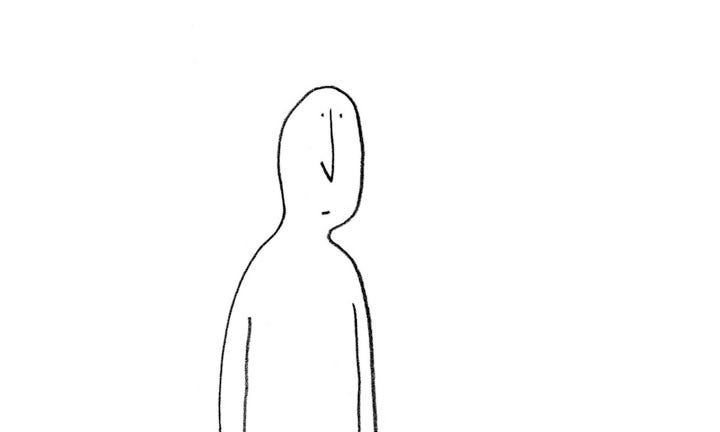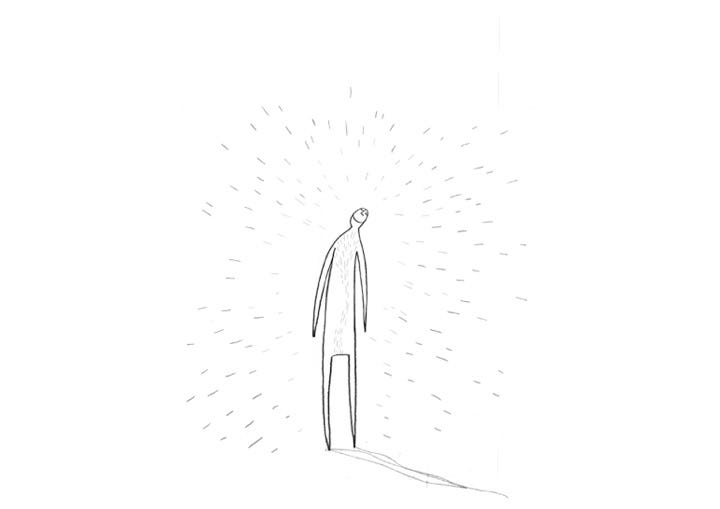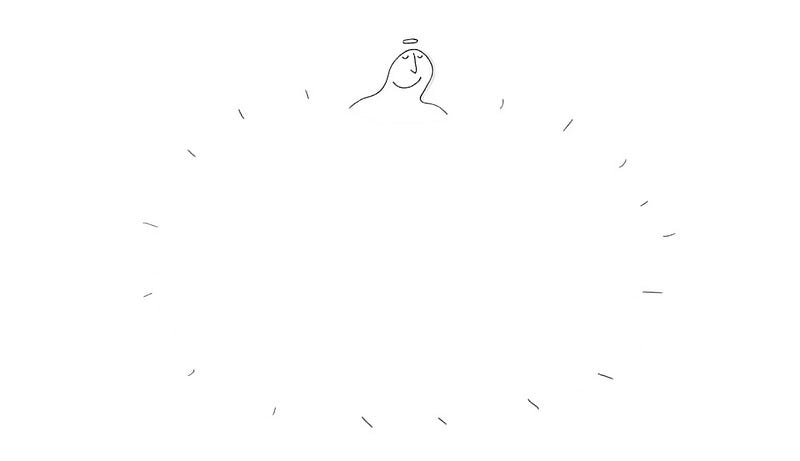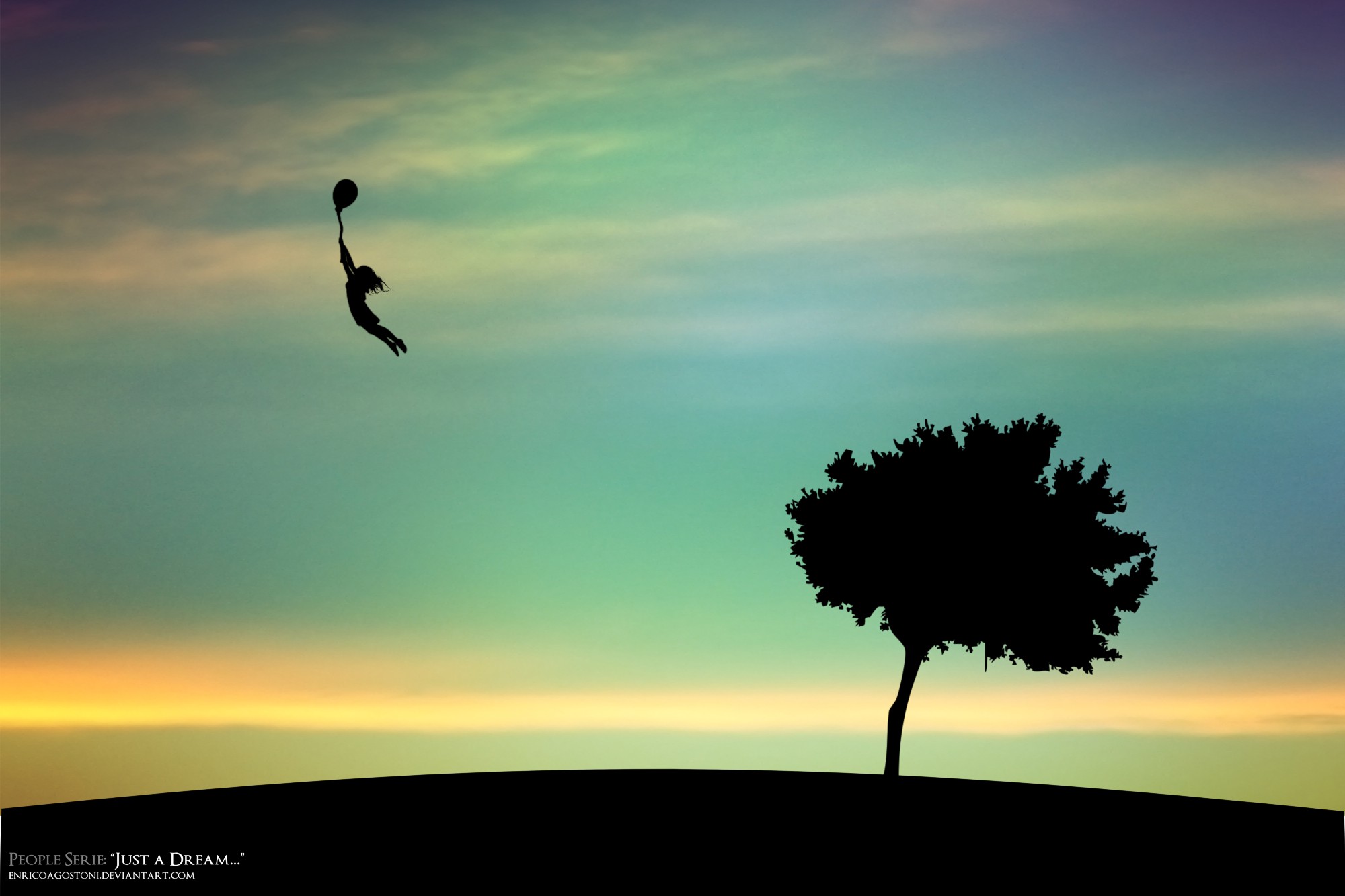When I was in my twenties I visited Rome for the first time. I was enraptured by how easy and spontaneous the social life of the average Roman seemed: wander into a square where you know some of your friends might be hanging out; bump into someone you haven’t seen for ages; break off for a drink or follow a rumour to a house party — all of this in a balmy atmosphere that feels like silk against your bare arms.
Then I returned to London — prisoner to schedules and pre-arranged appointments in paper diaries, hemmed in by rain and bad weather, having to work to make a social life happen. Nothing seemed easy, everything rigid; we lived invisible lives in small boxes, emerging only to get drunk, longing to be part of something, to have fun.
This was the early 90s. The mobile phone had only just shrunk below banana size and was enjoying maybe a 15% penetration rate — and some very odd looks. I got my first one in 1995 for work. I remember cycling near the Fulham Road in London and suddenly thinking, ‘I wonder if I could call a friend right now — from my bicycle?’ The thought was so radical that I almost fell off when my friend (I still remember his name) picked up. “Guess where I am!” I shouted. “Guess where I am!”
Ever since that visit to Rome I harboured the idea that there was something missing in our modern arrangement of life, that it failed some essential human need — to be part of something bigger and more interesting without effort. I fantasised about a utopian city, a polis, where all were known and known about, where all significant events happened in public. It sounds only too familiar now, and nightmarish. But in those days, long before Reality TV and social media, it was a geniune longing of my soul.

Fast forward ten years or so. Coming back from a six month trip to India in 2007 someone asked me if I had heard of Facebook. I joined up right away, hooked by the addictive pleasure of adding people to my network. After that, things moved fast. There was web 2.0, there were apps. I can’t remember exactly when all my calls became free, or when I first took it for granted that I could stream any song I wanted, any time, at no cost. When did smart phones arrive? It feels like they’ve been here forever. Life has been hazy for a while now. One thing is certain — we have arrived in the world that I was longing for. And in some ways, it really is better. Much better.
I am liberated by my mobile phone to move around town without needing to know exactly where my partner is. We can make and change plans according to the needs of the moment. I can be flaky and reliable at the same time (life-changing!) Cross-platform email means I can access my work wherever I am. And Skype allows me to have work meetings in my own home. Suddenly being a freelancer becomes a really viable proposition, and since starting a scalable business is now so much cheaper, a rush of entrepreneurial creativity has followed the decade and a half since the NASDAQ crash. Meanwhile large corporates, rattled by the mobility and restlessness of their people, have raced to get clear on their values and purpose, what they are there for; and their ethical record (now plainly visible) has to be watertight, in order to keep their employees and clients on board.

But… yesterday I was in the supermarket looking at some pears. And I actually called my partner to find out if we needed some. Instead of exercising my judgement, instinct or memory (casting my mind back to the morning, say, to see if I could remember there being any in the kitchen). I simply pressed a button and raised the phone towards my face (speaker mode). I didn’t even think about it. I just couldn’t be bothered to cogitate. My girlfriend didn’t sound put out or surprised by my lack of initiative; she just sounded flat, distant, distracted.
My day is full of such tiny check-ins and check-ups. Are you ok? Where are you? What time shall we meet? Instead of deploying patience and intuition — essential tools of developing a flow mentality — I use shortcuts to the path of least resistance. It seems rational. Yet it costs invisible effort and energy. Tiny sprites fly from my phone to a base station, thence to a satellite in outer space, before conveying my message to my partner / friend / colleague around the corner. And it interrupts my flow.
I see this happening everywhere in the digital universe: little acts that seem productive because they solve an immediate problem or prevent boredom, but that interrupt a deeper or quieter process of concentration. Using digital in this way seems flowy, but actually it’s disruptive — and not in a good way. As John Cleese pointed out in a famous lecture he gave on creativity — to come up with new ideas and solutions, to make decisions that are appropriate and balanced — we need to allow our brains space to access the ‘unconscious’, to play and hang out in an open, unstructured way. We need to give ourselves downtime.

Ironically, this is a state of mind that can be well spent on the internet — if you’re in the right mood, browsing and following a dreamy path of discovery. But the mistake we make is to think that our brains can access this state by engaging with online content. We may get a hit of dopamine when we get a Like or a notification online — but we can’t sink into the Beta brainwave mode that is associated with focused creativity. That can only come with presence and practice.
Hence my latest project The Lazy Guru’s Guide to Life… a cartoon manual to being in flow in a stressful world. Based on my personal experience of burn-out I propose a rather simple formula for navigating the chaos of modern life: give yourself a break. Most of us do a lot things in the name of happiness that we don’t really feel like doing — if we were quietly honest we would rather stay in bed or walk calmly in a field. Our greatest wish I believe is to be in a state of focused flow. But in a chronically over-stimulated, rest-deprived culture we tend to believe that we ‘should’ be doing something more to advance the projects of our lives — whether that be going to the gym, watching TV, networking or meditating.
Doing nothing can be very uncomfortable, even if it is fleeting. It can bring up all sorts of insecurities. It’s the equivalent of standing in the Roman piazza and waiting for the party to come to you, rather than the other way around. What if nothing happens? What if no one needs me? What if I’m wasting my time?
It’s not all about presence and stillness though. My second tip for flow is to work better with chaos. For a multitude of reasons, many of them driven by technology, life has become extremely unpredictable. Never before have there been so many moving parts, so little certainty, so few rules and so much power in the hands of so many content creators. In a world like this there is no advantage — and little use — in pretending to know what’s going to happen next. Instead, it makes more sense to excel at responding to what’s new than it does to laying out strategies, goals and tasks. We have entered the era of the improviser.

Practically speaking, this means using tools that support flow rather than constrict it: in my case, using processes that help me to keep the hopper open for as long as possible while maintaining some semblance of sanity. Tim Harford in his book Messy calls this ‘piling’ — the art of organising by letting things fall to the bottom of the pile. With digital we can achieve this quite naturally, as incomplete tasks fall organically to the end of our to-do lists (the simpler the better). And we can use different solutions for different things: for example a place to dump ideas (Evernote); a place to remind myself of things that have to be done (Google Calendar); a way of processing content in my own time (open tabs on my browser) and a process for figuring out what I’m not interested in and will therefore ignore (email & Facebook). Then there’s paper, eternally useful for capturing thoughts when you just want a break from a glowing white screen.
So, if you’re feeling challenged in becoming master of your own time and choices, my closing advice would simply to be this: be truthful. Make space every day to connect with what you really feel like, and support yourself with tools that allow you to process information without creating more ‘shoulds’. In a world where your ability to respond efficiently is your most priceless asset, anything that doesn’t inspire or nourish you is a candidate for the high jump — not only drugs ‘n alcohol, but Netflix, email, friends, books and even (or especially) well-intentioned goals and plans.
When we create space every day for that volatile element, inspiration, as artists and writers will affirm, we suddenly find ourselves able to enter the flow state more or less at will. Life becomes more centred. Priorities change.
Then we can browse to our heart’s content.
Laurence Shorter is author of The Lazy Guru’s Guide to Life (2016, Hachette Books) and The Optimist: One Man’s Search for the Brighter Side of Life(2009, Canongate). This article was first published on Unthinkable Digital.

